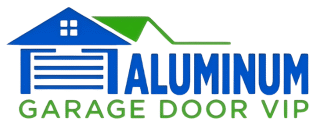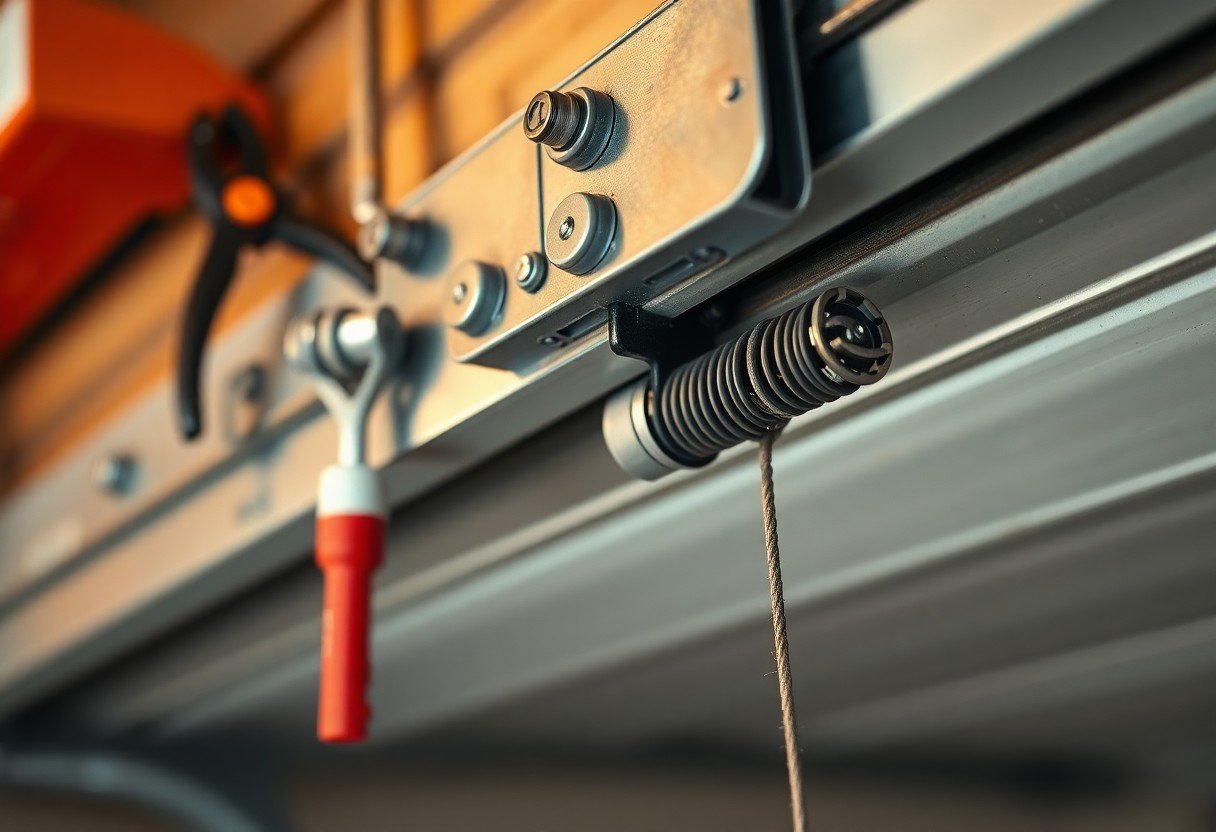
The Most Common Garage Door Repairs and How to Handle Them
Repairs to your garage door can seem daunting, but with the right knowledge and tools, you can tackle many common issues on your own. From malfunctioning openers to worn-out springs, understanding these problems equips you to keep your garage door functioning smoothly. This guide will walk you through the most frequent repairs homeowners face, along with step-by-step instructions to help you handle them efficiently. Say goodbye to unexpected door malfunctions and enjoy the peace of mind that comes with a well-maintained garage door.
Key Takeaways:
- Regular maintenance can help prevent common garage door issues, such as springs and opener malfunctions.
- Identifying symptoms of problems early, like unusual noises or slow operation, can save time and repair costs.
- Safety precautions are important when handling repairs; always disconnect the power and follow proper procedures.
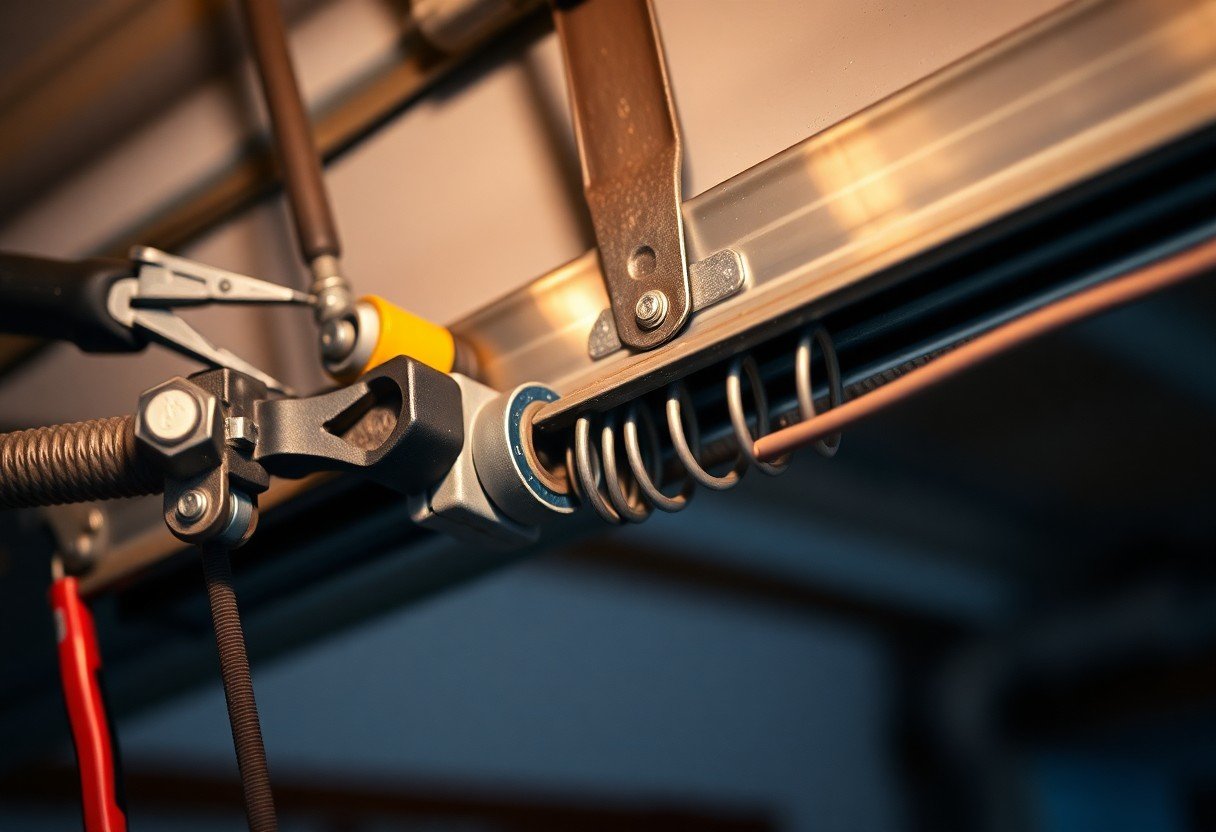
Unlocking the Mechanics: Decoding Garage Door Components
The Role of Springs: Tension and Torque
The springs are vital components of your garage door system, responsible for balancing the door’s weight and enabling its smooth movement. These components come in two forms: torsion springs and extension springs. Torsion springs are mounted above the door and use torque to lift it, while extension springs are located alongside the door and expand as it opens. By understanding how these springs work, you can identify problems related to door heaviness or malfunctioning closures.
Tracks and Rollers: The Path to Smooth Operation
The tracks and rollers form the pathway through which your garage door travels, ensuring it opens and closes effectively. Tracks, typically made of steel, create a guided path that aligns with the wheels or rollers attached to the door. If misalignments or obstructions occur, you could experience issues like jerky movements or unusual noises. Regular maintenance ensures these components function smoothly and can prevent costly repairs down the line.
A closer inspection reveals that smooth-functioning tracks and rollers are imperative for effortless operation. Over time, dirt and debris accumulate in the tracks, which can cause friction and hinder movement. Regularly cleaning the tracks and lubricating the rollers can significantly enhance the door’s performance. Additionally, check for any bends or misalignment in the tracks, as even a slight deviation can lead to serious operational issues. Keeping an eye on these components will help extend your garage door’s lifespan.
Sensors and Safety Features: Protecting Your Home
Modern garage doors are equipped with sensors that serve as imperative safety features, safeguarding both your family and your property. These sensors detect obstacles in the door’s path, preventing it from closing if something is in the way. This technology works in tandem with your garage door opener to mitigate accidents and ensure safe operation.
Understanding how sensors function is key to troubleshooting potential issues. For instance, if your garage door won’t close, one of the first things to check is the sensor alignment. Misalignment or dirt obstructing the sensors can cause them to fail. Inspecting for blinking lights can also indicate whether the sensors are functioning correctly. Regularly testing these safety features and ensuring they are free from obstructions helps maintain safe usage and protects against unwanted accidents.
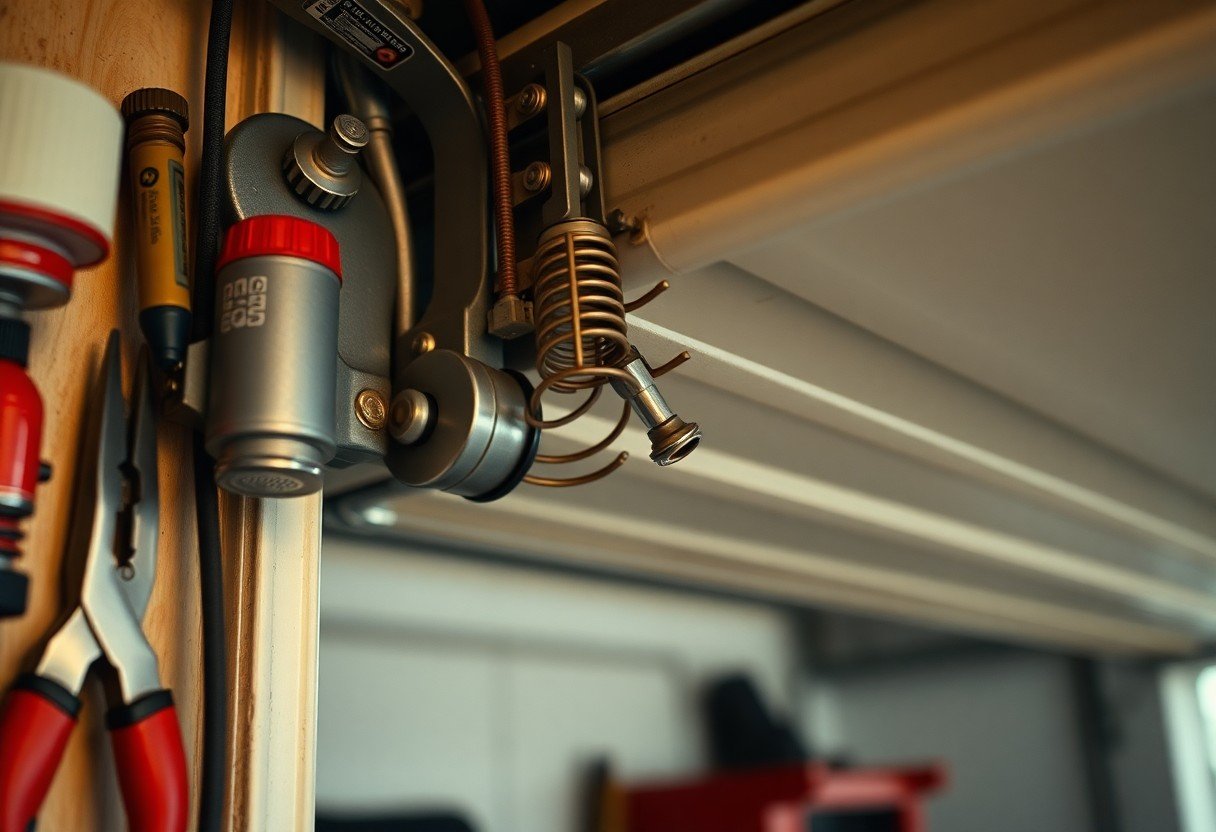
Common Issues: Diagnosing Your Garage Door’s Problems
When the Door Won’t Open: Power and Mechanical Failures
Your garage door refusing to open can stem from simple power issues or more complicated mechanical failures. First, check if the opener is plugged in and the circuit breaker hasn’t tripped. If power isn’t the issue, inspect the garage door opener for any signs of wear or malfunction, such as a broken gear or motor failure, which might require replacement or repair.
Unusual Noises: Identifying the Source of the Problem
Unusual sounds like grinding, scraping, or squeaking can indicate underlying issues within your garage door system. These noises often signal attention is needed, whether it’s a lack of lubrication, misaligned tracks, or worn-out rollers.
Commonly, grinding noises suggest that the rollers may be worn or the tracks are dirty, requiring cleaning and lubrication. Squeaking might simply point to the need for lubrication on hinges or a lack of grease on the track. Investigating the specific sound can help narrow down the repair needed, preventing further damage or more costly fixes down the line. A quick spray of silicone lubricant or replacing bearings can often eliminate the noise.
Slow or Jerky Movements: The Culprits Behind Stuttering Doors
Experiencing slow or jerky movements with your garage door often indicates a need for maintenance. This behavior can be caused by worn-out springs, tracks that are out of alignment, or dirty sensors obstructing the door’s ability to operate smoothly.
In many cases, sluggish operation is due to the garage door’s springs beginning to wear or tension being uneven, leading to difficulty in lifting the door. If the tracks are misaligned, even a small bump from debris can cause significant disruptions. Keeping the tracks clean and well-aligned can allow for a more seamless operation. Regularly checking and maintaining the springs can also help prevent further complications that may result in costly repairs. Regular lubrication and testimonials from professionals recommend routine inspections to ensure long-term functionality.
DIY Fixes: Simple Repairs Anyone Can Tackle
Lubrication Techniques: Keeping Parts Moving
Lubricating your garage door’s moving parts is vital for smooth operation and longevity. Use a silicone-based lubricant or white lithium grease on rollers, hinges, and tracks. This reduces friction, helps prevent rust, and extends the life of the components. Aim to lubricate these parts at least twice a year, especially if you live in a humid or coastal area where moisture is more prevalent.
Adjusting the Sensors: Ensuring Safe Operation
Your garage door sensors are designed to prevent accidents and ensure safe operation. If your garage door won’t close, the sensors may need realignment or cleaning. Check for any obstructions blocking the sensors and make sure they are both properly angled at one another.
If adjusting the sensors doesn’t resolve the problem, inspect the wiring for any damage or loose connections. Sometimes, simply wiping the lens of the sensors clean from dirt and dust can restore functionality. Ensure the sensors are around six inches above the ground, as having them too high can lead to malfunctions. This straightforward adjustment can greatly improve safety and functionality.
Replacing Weather Stripping: Sealing Off the Elements
Weather stripping is vital for maintaining your garage’s climate, keeping out moisture, and reducing energy costs. Over time, it can wear down or become damaged. Replacing old weather stripping is an easy and inexpensive fix; simply remove the old strip and apply a new one along the bottom of the door and the sides.
Choosing the right type of weather stripping is vital. Look for durable materials like vinyl or rubber that can withstand exposure to the elements. A tight seal prevents drafts, water, and pests from entering your garage, making your space more comfortable and energy-efficient. Regularly check the weather stripping for wear and replace it as needed to ensure maximum effectiveness. Maintaining a proper seal not only improves energy efficiency but also helps protect your garage and belongings from potential damage.
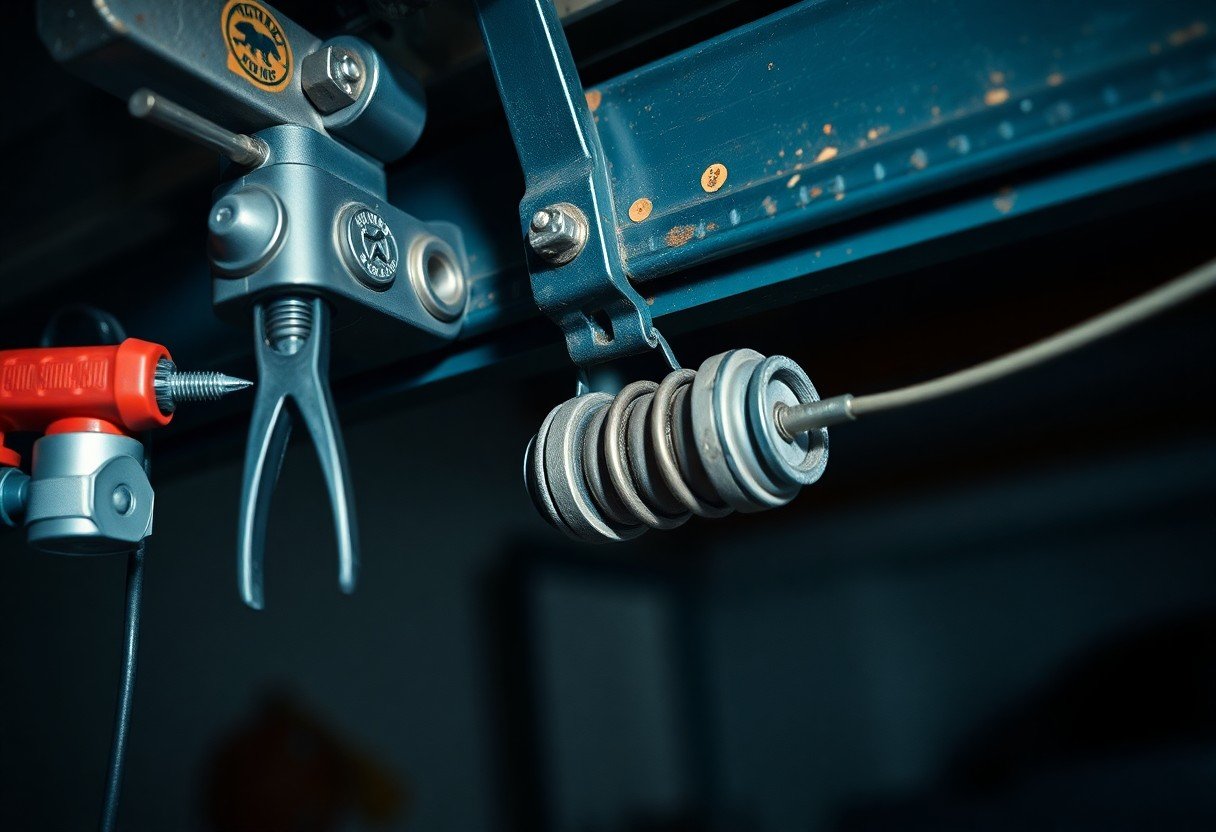
When to Seek Professional Help: Knowing Your Limits
Understanding when to tackle garage door repairs yourself and when to call in a professional is vital for maintaining safety and functionality. Some repairs can be simple and straightforward, while others may require specialized knowledge and tools that make them best left to experts.
Complex Repairs Best Left to Experts
Repairs involving the garage door’s spring system, track realignment, or electrical components often exceed the average homeowner’s expertise. These components are under significant tension or require intricate adjustments, which can pose dangers if not handled properly. Hiring a professional not only ensures safety but also guarantees that the repair is done correctly, saving you headaches in the long run.
Finding a Reputable Garage Door Technician
Finding a reputable garage door technician can feel overwhelming, but focusing on a few key factors can ease the process. Look for technicians with solid reviews, suitable insurance, and proper licensing. Reaching out to friends or family for recommendations can also provide insight into trusted services in your area.
Utilizing online platforms can help you view customer testimonials and industry ratings. Websites like Yelp and Angie’s List offer valuable perspectives from previous clients. Additionally, consider checking trade organizations like the International Door Association (IDA) for certified professionals. A reputable technician typically provides a detailed estimate and takes the time to explain the repair process. For a more comprehensive list of common repairs and fixes, check out Top 10 Common Garage Door Repairs & Fixes.
Preventative Measures: Prolonging the Life of Your Garage Door
Regular Maintenance: Scheduling Inspections
Scheduling regular inspections for your garage door helps catch potential issues before they escalate into costly repairs. Aim for an inspection at least twice a year, where you can check for worn-out parts, misaligned tracks, and signs of wear and tear. During these inspections, check the balance of the door and the strength of the springs, as well as ensure all components are functioning smoothly. Documenting any findings will help you stay on top of maintenance needs, prolonging the lifespan of your door.
Seasonal Care Tips: Preparing for Weather Changes
Adapting your garage door maintenance routine to the changing seasons extends its life and ensures smooth operation. Prepare for winter by checking for any gaps or cracks in the weather stripping to prevent drafts, testing the garage door opener’s battery, and lubricating moving parts to avoid freezing. In summer, consider inspecting the door’s exterior for damage from UV exposure and painting or sealing it as necessary. Assume that your garage door will face unique stresses each season, so proactive care is key to its longevity.
- Inspect weather stripping for damage and replace as needed.
- Lubricate hinges, rollers, and tracks regularly.
- Clear debris from the door’s tracks to avoid obstruction.
- Consider a cover for extreme UV protection in summer.
- Adjust the tension of the springs before the first snowfall.
Assume that seasonal fluctuations can lead to more wear and tear over time, making these tasks vital.
In winter, the stress on your garage door can increase significantly due to ice and snow buildup. Inspecting and clearing any obstacles can ensure that your door operates smoothly and efficiently. It’s advisable to have a dedicated scrapper and salt to keep the area free of ice. During the warmer months, higher temperatures can warp your door; touching up paint or applying sealants can offer much-needed protection. Assume that a little preparation can go a long way in maintaining the functionality and appearance of your garage door year-round.
- Adjust any weather stripping to maintain a tight seal.
- Monitor humidity levels inside your garage to avoid wood rot.
- Check electric opener functionality to ensure it won’t struggle during power outages.
- Keep an eye on rust; treat it immediately to prevent spreading.
- Perform simple tests for weight distribution at each season’s start.
Assume that these preventive measures will significantly reduce emergency repairs and prolong the service life of your garage door.
Real-Life Scenarios: Successful Garage Door Repair Stories
From Failure to Function: A Homeowner’s Journey
One homeowner faced a frustrating situation when their garage door refused to respond to the remote. After a bit of research, they discovered a faulty battery in the remote control—an easy fix. However, the real challenge lay in the unexpected snapped cable. With guidance from online tutorials and a DIY spirit, they managed to replace the cable, restoring smooth function to the door and gaining newfound confidence in their repair skills.
Transformation Tales: Garage Doors That Found New Life
Many homeowners have experienced remarkable transformations when tackling garage door repairs, showcasing not just functionality but also aesthetics. One particular story highlights a family that inherited an old, rusted garage door, which they almost considered replacing. Instead, they sanded it down, applied a fresh coat of paint, and replaced outdated hardware. The result was a stylish, modernized door that transformed the garage’s appearance, bringing both pride and increased curb appeal.
The transformation of garage doors often showcases creativity and practicality rolled into one project. Homeowners have taken it upon themselves to redesign their doors, incorporating elements like window inserts or reclaimed wood for a rustic touch. Not only have they solved issues like peeling paint and poor insulation, but the upgraded aesthetics have led to compliments from neighbors and a significant boost in property value. Such successes reflect the potential that lies in your ability to restore and enhance your garage door, blending function with style.
The Costs of Garage Door Repairs: Budgeting for Your Fixes
Average Repair Costs: What to Expect
Garage door repair costs can range significantly depending on the issue at hand. On average, you might face bills between $150 to $400 for standard repairs. For example, spring replacements often fall between $200 and $300, while door panel replacements can cost anywhere from $200 to $500. For larger issues, such as track realignment, you might be looking at $150 to $400 in labor fees alone. Always factor in potential additional costs if parts need replacement or if there are complications during the repair process.
DIY vs. Professional: Weighing Your Options
Deciding whether to tackle garage door repairs yourself or hire a professional often depends on your skill level and the severity of the problem. Simple fixes, like tightening screws or lubricating hinges, can easily be done on your own without much expense. However, more complex jobs, like spring replacements or electrical issues, may require a professional’s expertise, costing upwards of $150 to $300 for service and labor. Evaluating the time, risk, and potential costs of making mistakes is key to making this decision.
If you’re handy and confident in your abilities, taking the DIY route can save you quite a bit of money. YouTube channels and online tutorials give step-by-step instructions that make many common repairs more manageable. For example, replacing rollers or sensors can often be accomplished with basic tools and some patience. Still, if the repair involves heavy lifting or technical electrical work, it’s often safer and more economical in the long run to call in a professional. Weighing the costs of purchasing tools or parts against the potential expense of an improperly done repair will guide you in making the best choice for your garage door.
Final Words
Taking this into account, understanding the most common garage door repairs can save you time and money in the long run. By proactively identifying issues and knowing how to address them, you can maintain the longevity and functionality of your garage door. Whether you’re dealing with a malfunctioning opener or misaligned tracks, take the necessary steps to either troubleshoot or seek professional help. For further guidance on common problems, check out What are the most common issues that require garage door …. Your garage door will thank you!
FAQ
Q: What are the most common issues that can occur with garage doors?
A: Some of the most common garage door issues include misaligned tracks, broken springs, and malfunctioning openers. Misaligned tracks can cause the door to become stuck or function improperly. Broken springs may prevent the door from opening or shutting completely, while a faulty opener might not respond to remote signals or buttons. Regular maintenance and inspections can help identify problems early and ensure smooth operation.
Q: How can I fix a garage door that is off track?
A: If your garage door is off track, first stop using the opener. Gently close the door manually, if possible. Check the tracks for any obstructions or debris that might be causing the problem. Using a level, make sure the tracks are straight and aligned. If they are bent, carefully use a rubber mallet to straighten them. If the door needs to be repositioned on the track, you may need to loosen the brackets and reposition them. For safety reasons, if the issue persists or if you’re unsure, it’s best to consult a professional for repairs.
Q: What should I do if my garage door opener is not responding?
A: If your garage door opener isn’t responding, start by checking the power source. Make sure the opener is plugged in and that there are no tripped breakers. Inspect the remote batteries and replace them if necessary. Also, check for any obstructions in the sensor path, as misaligned or blocked sensors can prevent the door from operating. If these steps do not resolve the issue, the opener itself may need repair or replacement. Consulting with a technician can help identify the specific issue and provide a suitable solution.
